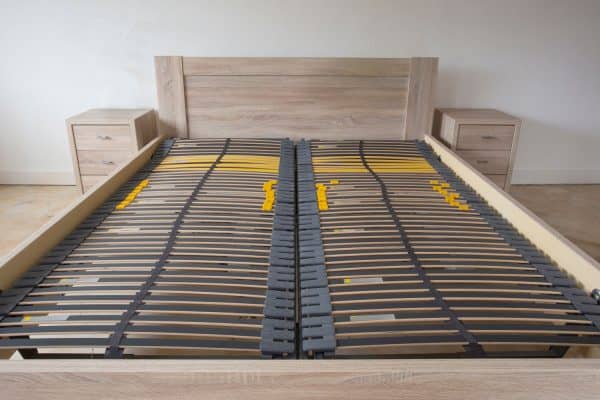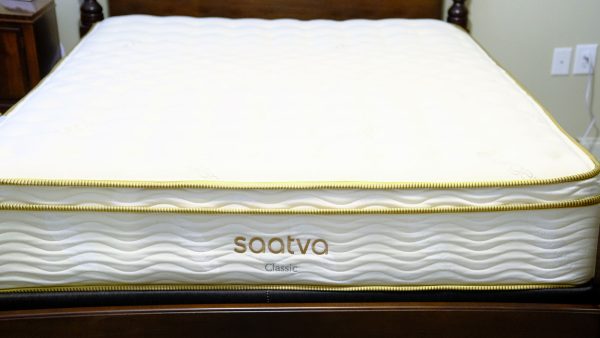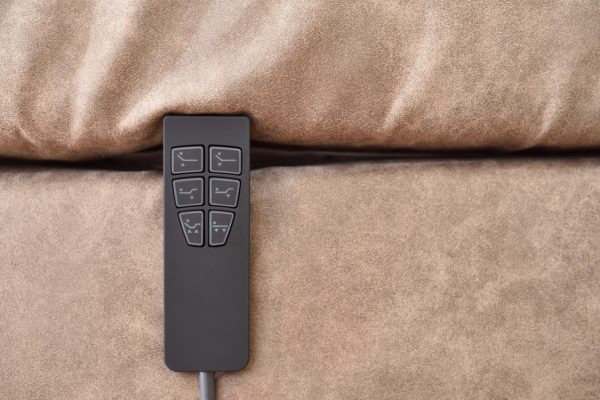If you've been using a Sleep Number bed to track your sleep patterns, you might find yourself in a puzzling situation where your Sleep Number suggests you're still in bed even when you're not.
Of course you want to understand why this is happening and what you can do about it.

The Sleep Number technology can be an invaluable tool for understanding and improving your sleep quality by providing personalized data, but like any technology, it can sometimes glitch or be inaccurate.
We'll explore some of the common reasons for this issue and give you useful tips to tackle it. Let's ensure your sleep tracking experience remains smooth and efficient.
Understanding Sleep Numbers
Sleep numbers are a way to quantify and understand your sleep quality.
We may include affiliate links and curated AI content to highlight top design styles.
They're derived from a combination of factors such as your sleep duration, restorative sleep, and satisfaction with sleep.
While having a high sleep number might indicate that you are well-rested, seeing a number that indicates you're still in bed when you're not can be confusing and frustrating.
Read more: How Long Does A Sleep Number Bed Last?
Possible Reasons for Inaccurate Sleep Number Readings
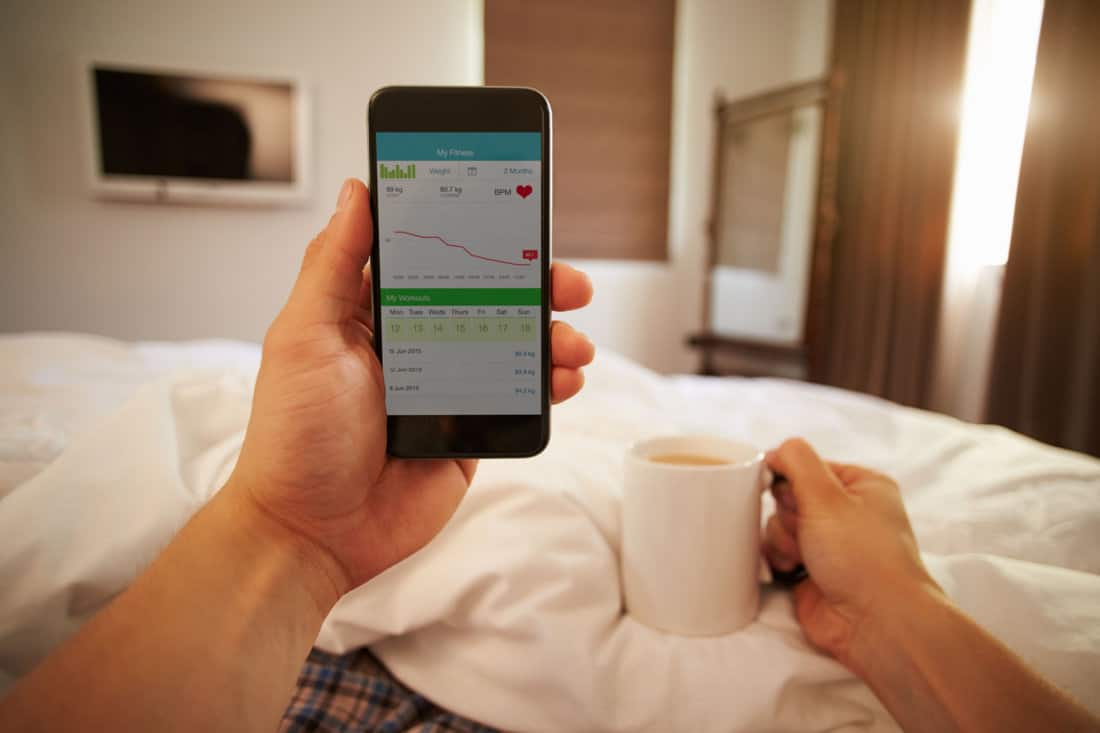
Bed Calibration Issues
One possible reason for your Sleep Number indicating that you're still in bed could be due to bed calibration issues.
If your bed is not properly calibrated, it may not accurately detect your presence or absence.
To address this issue, try recalibrating your bed according to the manufacturer's instructions. Make sure to follow the steps carefully, and give your bed some time to adjust to the new settings.
Sleep Number Sensor Problems
Another reason for inaccurate Sleep Number readings could be a problem with the sensors in your bed.
These sensors are responsible for detecting your body's position and pressure on the mattress, which in turn affects your Sleep Number.
If these sensors are malfunctioning or not working correctly, they may not be able to provide accurate readings.
In this case, you may need to contact Sleep Number customer support to troubleshoot and possibly replace any faulty components.
Physical Factors Influencing the Sleep Number
Lastly, there might be some physical factors causing your Sleep Number to show that you're still in bed.
For example, if you have a heavy blanket or objects on your bed that apply pressure similar to your body's weight, the sensors may interpret this as you still being in bed.
To eliminate this issue, try removing any heavy objects or bedding items and see if your Sleep Number reading returns to normal.
Read more: How To Keep Sheets On A Sleep Number Bed
Technical Issues
There could be a technical issue with the sleep tracking device or app you're using.
In this case, it's essential to double-check if the device is functioning correctly, and your settings are accurate.
Make sure it's updated to the most recent software version and that it's well-adjusted to your body or sleeping environment.
Movements in Bed
Another possible reason for a sleep number saying you're still in bed might be due to the way you're lying down or moving around when you're awake.
If you're lying down and being relatively still while reading, watching TV, or relaxing, the device might interpret that as you being asleep.
In these cases, consider changing your resting position or activities to see if the sleep number adjusts accordingly.
To help resolve this problem, consider checking for connectivity issues, ensuring your Sleep Number bed and sleep tracking device are accurately communicating, or adjusting the sensitivity settings.
How to Troubleshoot Sleep Number Issues
Let's address some common issues and steps you can take to troubleshoot and resolve these problems.
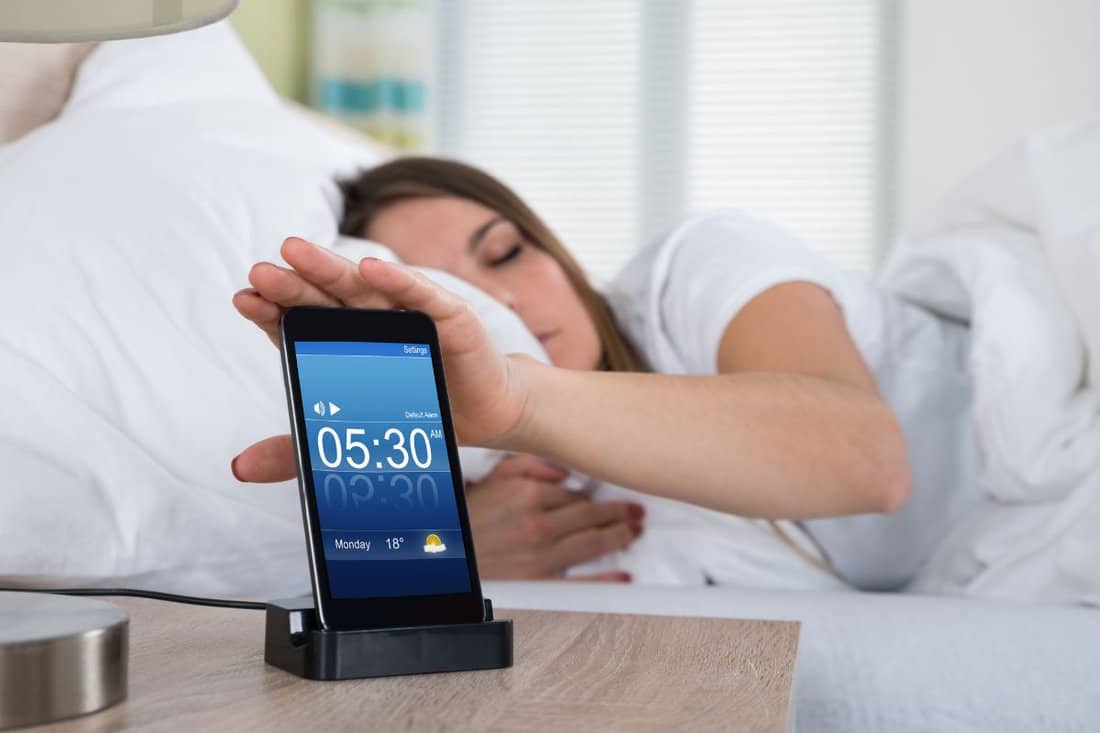
Sleep Number Bed Calibration
Begin by ensuring your Sleep Number bed is properly calibrated. This process helps the bed recognize your preferred settings, allowing for more accurate readings.
- Set the remote to "Find Your Sleep Number."
- Lie on the bed in your usual sleeping position.
- Wait for the bed to detect your presence and press "Enter" to begin the calibration.
- Follow the on-screen instructions to adjust your Sleep Number settings.
Checking the Sleep Number Sensor
The Sleep Number sensor is responsible for detecting your presence in the bed. If it's not properly functioning, you might receive false readings.
- Locate the sensor. It's typically found under the mattress, near the foot of the bed.
- Ensure the sensor's connection is secure, and there are no visible signs of damage.
- Check the sensor's cleanliness. If it's dirty or dusty, gently clean it with a soft, damp cloth.
Adjusting Sleep Environment
Your sleep environment can greatly impact your Sleep Number bed's accuracy. Here are some helpful tips for optimizing your sleep surroundings:
- Room temperature: Keep the room temperature comfortable, ideally between 60-67°F.
- Reduce light: Use blackout curtains or an eye mask to block out external light.
- Minimize noise: Consider using earplugs, a white noise machine, or soft background music to drown out disruptive sounds.
- Optimize bed placement: Ensure your bed isn't too close to heating or cooling vents, which could affect its performance.
Stick with your preferred settings and maintain a soothing sleep environment for the best possible sleep experience.
Preventing Sleep Number Discrepancies
To prevent Sleep Number discrepancies, it's essential to keep your Sleep Number bed clean and well-maintained.
Regular Maintenance
Regularly inspecting your bed components and making necessary repairs will ensure the bed works accurately in detecting your sleep patterns.
Here are some tips for maintaining your Sleep Number bed:
- Clean the mattress cover and air chambers with a gentle cleanser and damp cloth.
- Inspect all hoses and connections for leaks or damage, and replace them if necessary.
- Adjust the air pressure according to your preferences and monitor any fluctuations in your Sleep Number.
By keeping your bed in good condition, you'll have more accurate and consistent sleep data.
Read more: The Great Deflation: A Step-by-Step Guide To Deflate Sleep Number Bed
Ensuring Proper Sleep Position
Your Sleep Number bed tracks your sleep using sensors in the mattress.
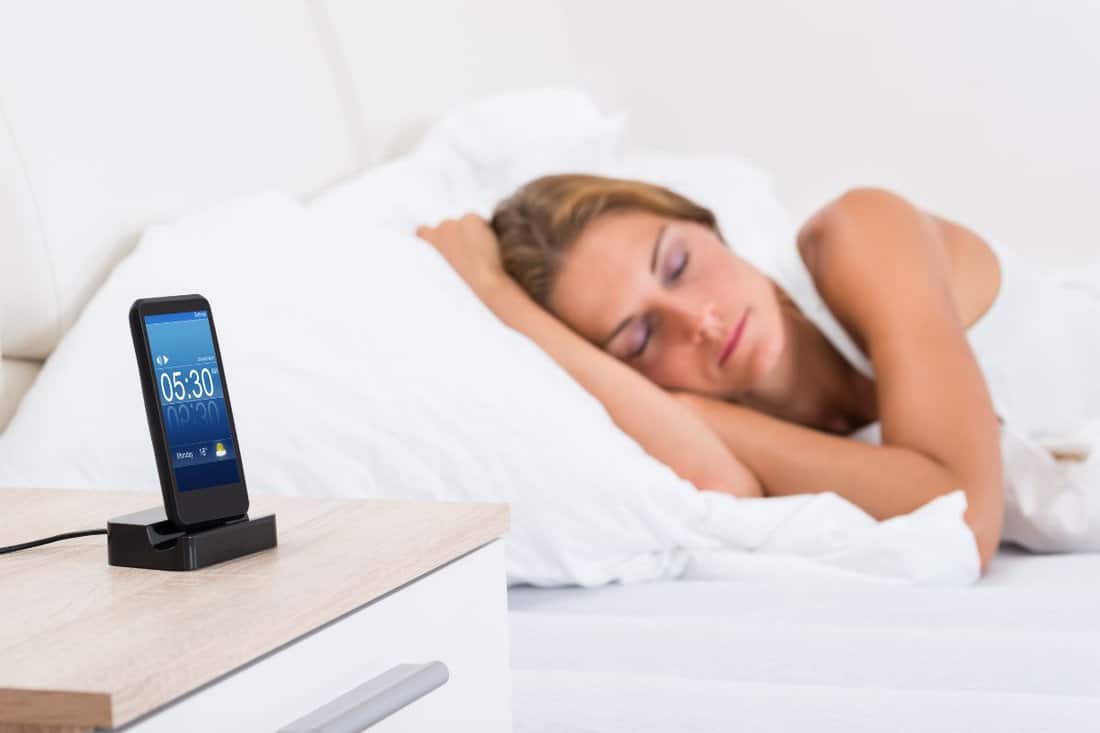
To ensure accurate readings, make sure you are sleeping in the right position:
- Sleep on your back or side, as these positions are typically more comfortable and allow the sensors to work effectively.
- Distribute your body weight evenly across the mattress, as uneven pressure can disrupt the sensors' accuracy.
- Avoid using excessively thick or heavy blankets, as they can interfere with the sensors' ability to detect your sleep patterns.
Following these suggestions will help you maintain the accuracy of your Sleep Number data and ultimately lead to better sleep quality.
When to Contact Sleep Number Support
It's normal to have questions or experience issues with your Sleep Number bed from time to time.

Knowing when to contact Sleep Number Support can help you address problems quickly and effectively.
Here are some situations for which you should consider reaching out to their customer service team as soon as possible.
1. If Your Bed is Showing Incorrect Sleep Data
Sleep tracking technology is designed to analyze your sleep patterns and provide personalized insights.
However, if you notice your Sleep Number says you're still in bed when you're not, there could be an issue with the sensors or the app.
Contact customer support for troubleshooting assistance.
2. If You're Experiencing Pain or Discomfort Despite Adjusting Your Sleep Number Setting
The primary purpose of a Sleep Number bed is to provide personalized comfort for a better night's sleep.
If you've experimented with different settings yet still feel pain or discomfort, it's a good idea to seek help from Sleep Number Support.
They can guide you in finding the ideal setting for your body and preferences.
3. If There's a Technical Issue With Your Bed, Such as Air Leaks or Remote Control Problems
Technical issues with your Sleep Number bed can be frustrating, but the customer support team is available to help.
Reach out to them when you're experiencing problems like air leaks or difficulties with the remote control to ensure your bed continues to function as intended.
4. If You're Unsure How to Properly Clean and Maintain Your Bed
Taking care of your Sleep Number bed is essential for its longevity and performance.
The Sleep Number Support team can provide you with specific cleaning instructions and maintenance recommendations tailored to your bed model.
What Should I Do If My Sleep Number Bed is Offline?
Don't worry if your Sleep Number bed appears to be offline. There are a few simple steps you can take to restore the connection between your bed and your SleepIQ app. Here's what to do:
- Reset your Wi-Fi router. Unplug your Wi-Fi router for 30 seconds and then plug it back in. Wait a few minutes for your router to re-establish internet connection and allow your Sleep Number bed to reconnect to Wi-Fi.
- Check for SleepIQ app updates. Make sure you're using the latest version of the SleepIQ app, as updates can sometimes fix connectivity issues. Visit your app store to check for available updates and install them if necessary.
- Power cycle your bed. Unplug your Sleep Number bed for a minute and then plug it back in. This can help reset the bed's connection to the Wi-Fi network.
- Verify Wi-Fi signal strength. Make sure that your bed is within range of your Wi-Fi router. You may need to move your router closer to your bed or invest in a Wi-Fi extender to boost the signal strength.
- Reconnect your Sleep Number bed to Wi-Fi. Open the SleepIQ app, go to the settings menu, and follow the on-screen instructions to reconnect your bed to Wi-Fi. Make sure to have your Wi-Fi network name and password handy for this step.
Remember to be patient and give your bed some time to reconnect after each step.
Resolving Technical Issues
Check if your Sleep Number bed is experiencing any connectivity or calibration issues.
You can try resetting the bed or your smartphone app to restore the proper connection.
Read more: How Do I Reset My Sleep Number Bed? [3 Different Ways Explored]
Remember, if all else fails and you're still experiencing issues with your Sleep Number reading, don't hesitate to reach out to their customer support team.
They can assist you in troubleshooting the problem and ensuring your bed is functioning correctly.

